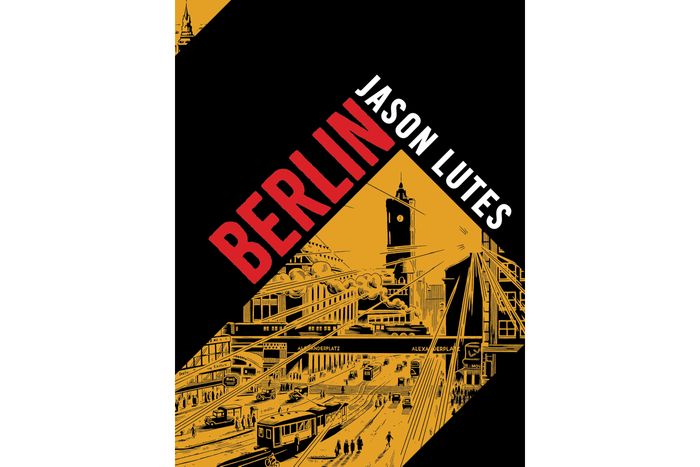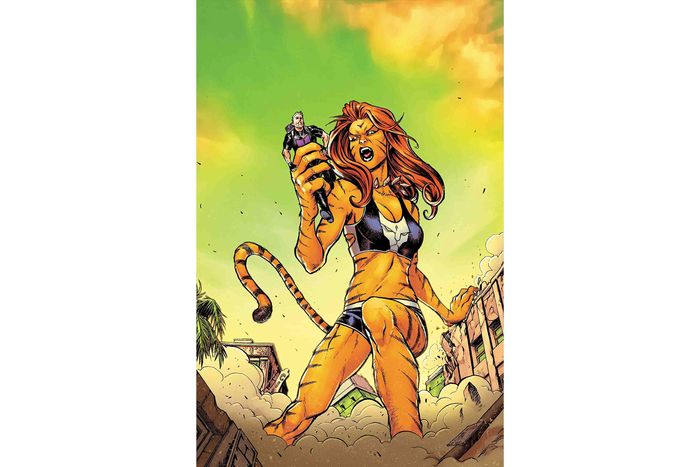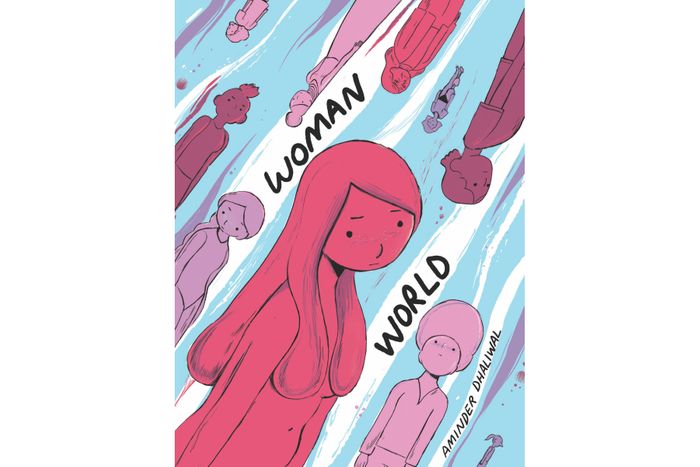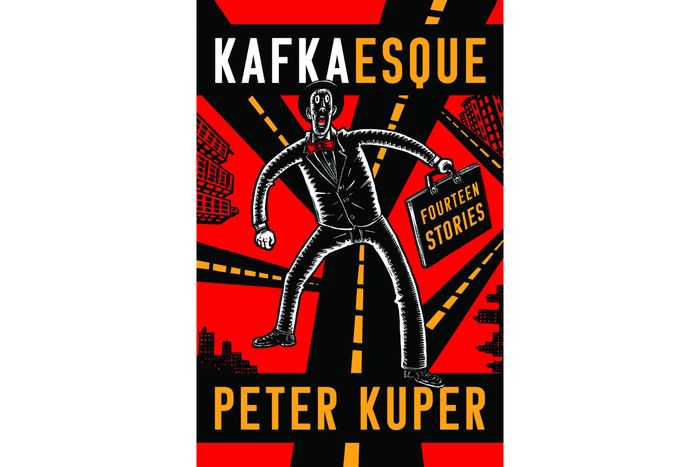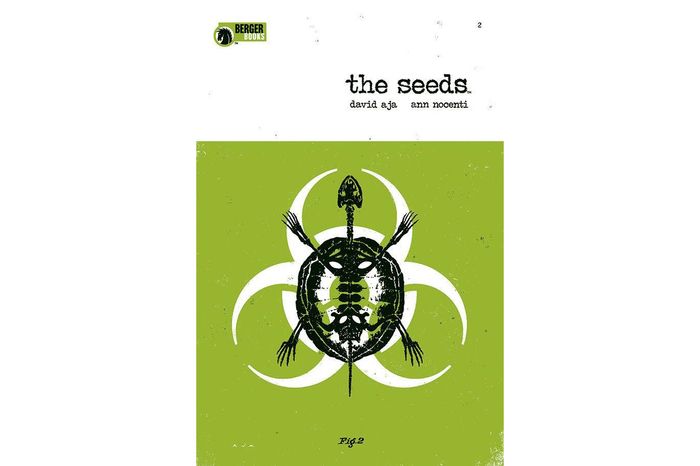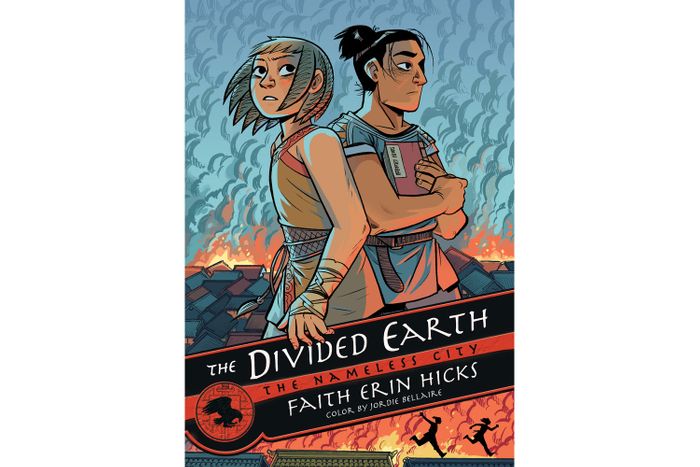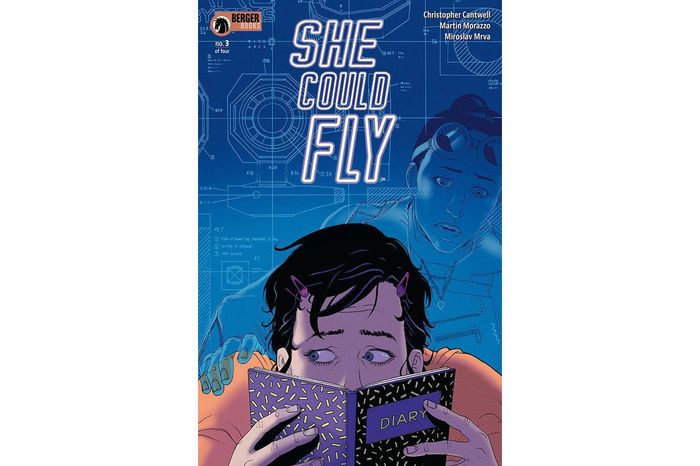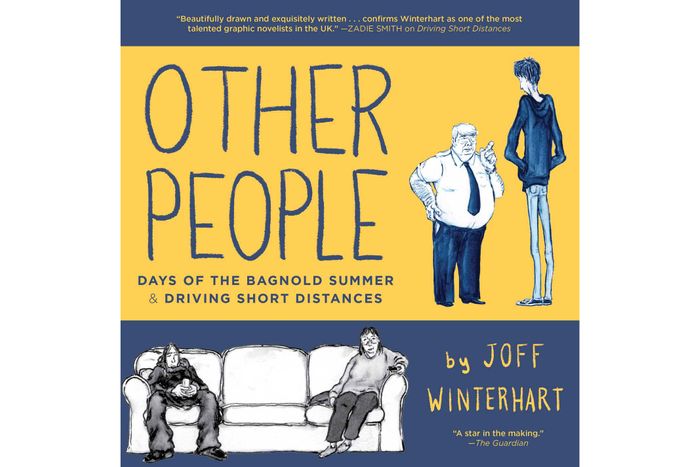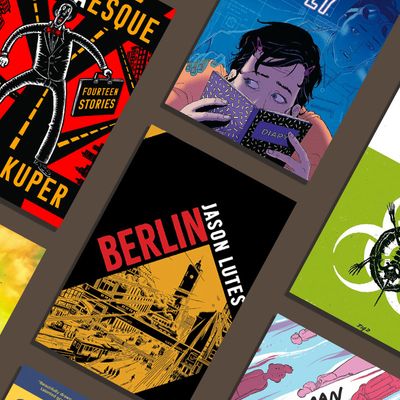
Each month, Abraham Riesman offers recommendations of comics media, including book-length graphic novels, comics-format nonfiction, ongoing series, and comics-related items in other forms. With any luck, at least one of them will be a match for you.
For this month only, if you buy a comic through comiXology and enter the checkout code VULTURE15, you’ll get $5 off purchases of $15 or more.
Berlin by Jason Lutes (Drawn + Quarterly)
“Recommend” isn’t a strong enough verb for conveying how badly you need to read Berlin. “Urge” and “implore” fall short, too. Perhaps I should simply say that I demand you read Jason Lutes’s dictionary-sized epic of Weimar-era life in the titular metropolis. The cartoonist began serializing this chronicle of intertwining lives well over 20 years ago, but this month finally sees the release of the complete narrative, from its unassumingly quiet opening to the awe-inspiring two-page spreads that conclude it. The stories that play out between those two bookends sway from the romantic to the apocalyptic and back again, and the intricate linework and oft-mind-blowing layouts are incomparable. For a reader who’s white-knuckling it through our present period of social collapse, Berlin is a beacon of both warning and hope.
West Coast Avengers by Kelly Thompson, Stefano Caselli, Triona Farrell, and Joe Caramagna (Marvel)
Given that there are barely any new ideas to be found in superhero comics, there’s a tendency to rely on quirky, genre-narcissistic humor in order to stoke interest. On its surface, West Coast Avengers should be one of those dull attempts at content-free giggles: It’s a revival of a long-dead series featuring a motley crew of misfits who poke fun at the very concept of superhero-ing. And yet, in the hands of master-class artist Stefano Caselli and rising superstar writer Kelly Thompson, it shines and soars. It follows the adventures of Thompson muse Kate Bishop — a young former apprentice of Hawkeye who migrated to L.A. to become a P.I. — as she assembles a team to counter uniquely Left Coast threats. The grouping is admirably eccentric (I didn’t think I’d ever live to see X-Man Quentin Quire and bizarre meta-character Gwenpool occupy the same comic, much less engage in explosion-heavy squabbling), the dialogue pops, and Caselli’s pencils and Triona Farrell’s colors evoke everything one loves about a lazy day on the Venice Beach boardwalk.
Woman World by Aminder Dhaliwal (Drawn + Quarterly)
A scientist makes a startling discovery: All the men are dying off. Catastrophe and collapse ensue. The women who live on form their own community and attempt to imagine what society can be. All of that stuff, but funny: that’s what you get when you open up Aminder Dhaliwal’s stupendous Woman World. It’s a series of vignettes from the post-apocalypse, in which the gendercide has made men a fading, misremembered curio (to wit: a young girl finds an old DVD of Paul Blart: Mall Cop and becomes convinced that Kevin James was the epitome of old-world masculinity) and the challenges of building a feminine commune are met with good-natured bickering (should the society be called “Woman World”? “Matriarch Macrocosm”? “Queen Quay”? “Gal Globe”?). First serialized on Instagram, Dhaliwal’s elegantly lined humor feels perfectly pitched for the contemporary moment in bite-sized, social-media-friendly humor without ever feeling dumbed-down or cutesy. By the way, I vote for “Queen Quay,” but I don’t think my vote counts for much.
Kafkaesque: Fourteen Stories by Peter Kuper (W. W. Norton)
While reading Kafkaesque, I was reminded of a recent article in The Guardian about the blight that is the contemporary trend toward skim-reading. As information continues to overload us and we decreasingly read physical print, we glide over complexities in texts and tend to just look for the gist of a given piece, the simple nut that easily summarizes the argument. The article didn’t mention comics, but surely this phenomenon applies to them, as well — we soak up plot and gags and twists and fail to wrestle with anything that requires extended thought. Well, woe to the reader who tries to skim Peter Kuper’s Kafkaesque, because they’ll find nothing easy to grab hold of. Kuper is one of the most distinctive and accomplished artists of the alternative-comics generation and this collection of illustrated adaptations of little Franz Kafka tales elides easy interpretation. What, exactly, was Kafka trying to say in his story about the man who sits at the gate of “the law” for his whole life without ever entering? And how literally were we to take “The Burrow” or “The Spinning Top”? Kuper doesn’t have the answers for us, and his faux woodcuts, with their explosive faces and grim chiaroscuro, cannot be easily digested — a supreme virtue.
The Seeds by Ann Nocenti and David Aja (Dark Horse / Berger Books)
Ann Nocenti is one of the great unsung heroes of the comics medium. Back in the late 1980s, she began a truly fantastic run as the writer of Daredevil, but to this day, most of it remains unavailable in collected editions. She was an influential editor of various X-Men titles, but few speak of her in histories of the mighty mutants. She was only ever on the edge of the spotlight, then left it altogether a number of years ago. Lucky for us, she’s back and better than ever. Super-editor Karen Berger has hired her to write The Seeds for Dark Horse’s Berger Books line alongside one of the best artists in the industry, Hawkeye veteran David Aja, and the results are extremely promising. It’s hard to say what the book is about, exactly, since we’re only one issue in and that issue was as enticing as it was mysterious. But suffice it to say that it’s about some kind of postapocalyptic world where a substantial portion of the population has given up on modern technology and the rest of the world is suffering in a curious hellscape. Berger used to edit DC’s legendary Vertigo imprint, and this is one of the first Berger Books titles to really feel like classic Vertigo, which is about as high a compliment as one can give a serialized comic.
The Nameless City: The Divided Earth by Faith Erin Hicks and Jordie Bellaire (First Second)
The Divided Earth is a tragic affair, and not just because of the battles waged and the prices paid within its pages. It’s simply a tragedy that Faith Erin Hicks and Jordie Bellaire have to end their marvelous Nameless City trilogy. Ever since the series began with 2016’s The Nameless City, it’s become one of the high-water marks in contemporary fantasy comics. They’re set in a heavenly urban dreamworld inspired by pre-modern dynastic China, a city where nations and races coexist and collide, where conquerors come and go but the stones remain the same. In this conclusion to the triptych, alliances are forged and the race is on to find the secret formula for a super-weapon that could change the world for the worse or the better. Hicks is at the peak of her written and visual abilities here, giving us stunning vistas and dense back-alleys populated by empathetically drawn faces and bodies. The action stings, the passion burns, and the fantastic ending will lessen the blow of the fact that it has to end at all.
She Could Fly by Christopher Cantwell, Martín Morazzo, Miroslav Mrva, and Clem Robins (Dark Horse / Berger Books)
A family is watching TV at home in Chicago. The mother gives the daughter a pet cactus. The daughter bites into it, its spikes jutting out through her cheeks and tongue. She lunges forward and stabs her mother’s eye out. But wait, no, that didn’t happen, it’s just a figment of the daughter’s imagination. Nevertheless, a voice speaks in her head: You are going to kill her. You are evil and worthless. Meanwhile, the world wonders at the fact that a flying woman was sighted. Welcome to the world of the remarkable new series She Could Fly. The writing is deliberately choppy in the name of expressing both the agony of self-hating disease and the surreal nature of everyday life; the artwork quakes and squirms with uneasy intensity. It’s a surreal slip into the world of mental illness and the uncanniness of the world around us that should make writer Christopher Cantwell and artist Martín Morazzo into household names, if there’s any justice.
Other People by Joff Winterhart (Gallery 13)
Few of us bother to visit the worlds Joff Winterhart describes in Other People. It’s a compilation of two graphic novellas by the British cartoonist, Days of the Bagnold Summer and Driving Short Distances, and it takes the reader to the hidden, forgotten places of the U.K. These are towns where jobs are unglamorous but no one complains much, youngsters have little to do but seem content to stare off into the middle distance, and maybe a handful of people have been to London once or twice but didn’t care for it. One can hardly imagine the characters being interested in buying offbeat comic books, but if they were to pick this one up, they’d see themselves delicately reconstructed with a vibrant love and boundless empathy. Days chronicles six weeks in the lives of a teenager and his single mother, Driving tells of a post-breakdown 20-something who starts working for a stout and principled man whose job is a bit hard to pin down, and both are illustrated with a jangly and tender elegance that looks and feels like nothing else on the shelves. Even in the prose aisles, you’d be hard-pressed to find a piece of literary fiction as nuanced and beautiful as this.


